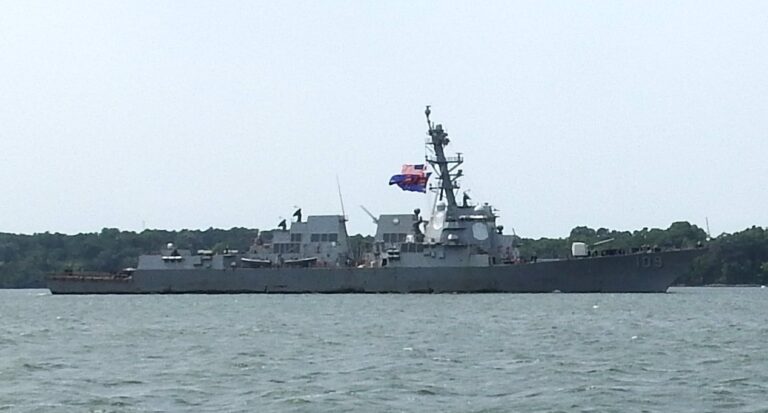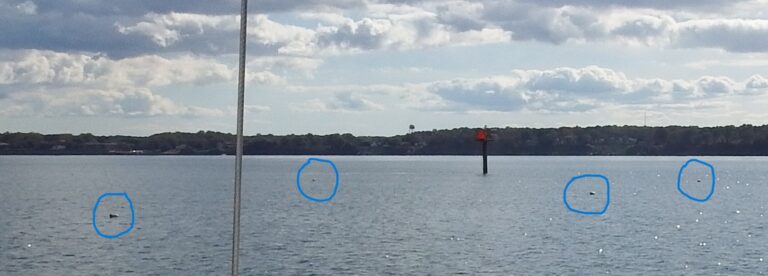-
Is the boat safe?
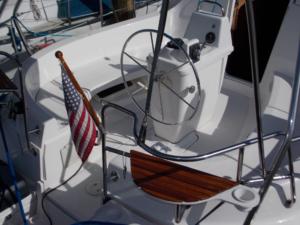 Stand back on the dock and look at it. One tell-tale sign that a sailboat is ship-shape is that the lines (ropes) are clean and not frayed. The fiberglass doesn’t have to gleam, but it should be intact without gouges, cuts or holes. (A few spider cracks are to be expected.) The sails should look white and crisp, even as they’re folded or furled. If they look dingy and show threads flying, beware. Go below and see the salon to make sure it’s neat and tidy. The head (bathroom) should look good and not smell.
Stand back on the dock and look at it. One tell-tale sign that a sailboat is ship-shape is that the lines (ropes) are clean and not frayed. The fiberglass doesn’t have to gleam, but it should be intact without gouges, cuts or holes. (A few spider cracks are to be expected.) The sails should look white and crisp, even as they’re folded or furled. If they look dingy and show threads flying, beware. Go below and see the salon to make sure it’s neat and tidy. The head (bathroom) should look good and not smell.
-
Is the skipper okay?
Foremost, he or she should be certified by the US Coast Guard with the appropriate license, usually 50- or 100-ton. Ask to see the license if you’re unsure. Does he give a good orientation that includes safety drills and man-overboard drill? Does he look the part? Is he friendly, encouraging, curious—and sober? If yes, then question is answered whether sailing is considered safe.
-
How’s the weather?
It doesn’t have to be sunny and warm to go sailing, but it helps. Cloudy and breezy are fine if you’re dressed for it. Consider if the forecast shows any storms on the horizon. Check the weather app on your phone to see the forecast for the next day or the next few hours. Ask the skipper about his radar. Can he read the clouds for rain? Will he “reef” the sails at the dock in case of high winds? Once under way, within ten minutes at sea you’ll get used to brisk winds and welcome the bracing effect. Keep your eye on the captain to observe his ability.
-
How’s the water?
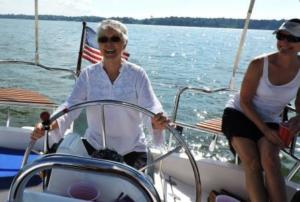 The odds of falling overboard are remote. While the boat will “heel” to one side and the other, it should not tilt more than 15-20 degrees. You’ll wear USCG approved Class I life jackets if the seas are rough or the water is cold (March, April, November). You’re safest in the cockpit, but you can proceed up to the bow if you go on the high side while heeling. No one has come close to falling off a Let’s Go Sail cruise, although 10-year-old boys have tested that record. Be careful boarding at the dock because that’s when most accidents occur. It’s considered a bad omen if someone falls off the boat at the dock. Is sailing considered safe then? Hardly.
The odds of falling overboard are remote. While the boat will “heel” to one side and the other, it should not tilt more than 15-20 degrees. You’ll wear USCG approved Class I life jackets if the seas are rough or the water is cold (March, April, November). You’re safest in the cockpit, but you can proceed up to the bow if you go on the high side while heeling. No one has come close to falling off a Let’s Go Sail cruise, although 10-year-old boys have tested that record. Be careful boarding at the dock because that’s when most accidents occur. It’s considered a bad omen if someone falls off the boat at the dock. Is sailing considered safe then? Hardly.
-
Will I get seasick?
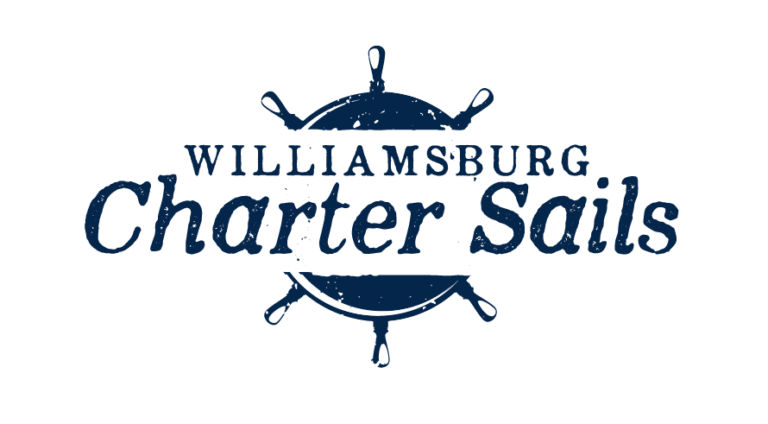
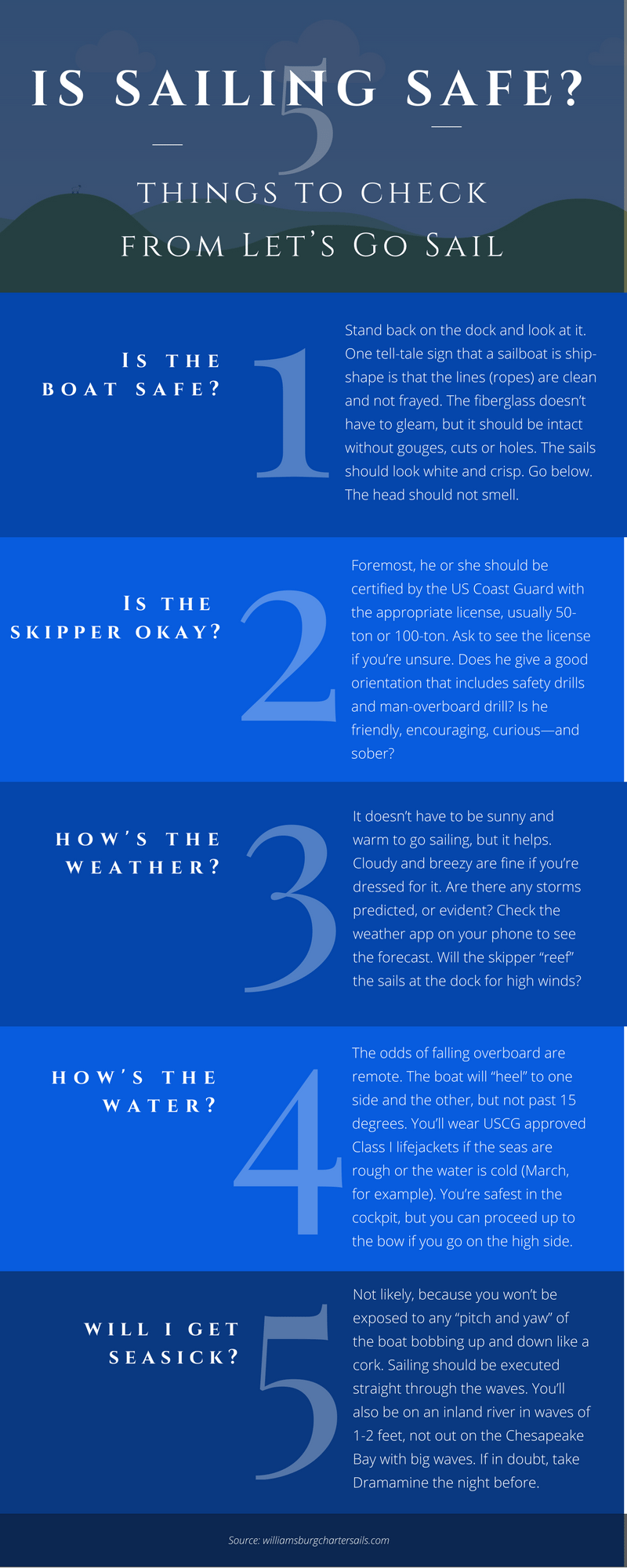
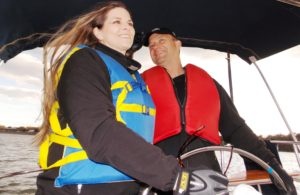

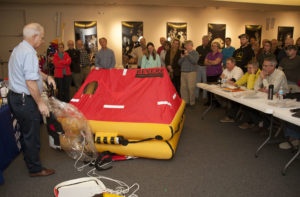
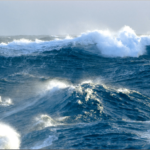 The Bay offers unique challenges in rough weather. The waves do not rise to 50 or 70 feet as they can in the Atlantic Ocean (think “Perfect Storm”). But the vicious chop can be difficult to contend with.
The Bay offers unique challenges in rough weather. The waves do not rise to 50 or 70 feet as they can in the Atlantic Ocean (think “Perfect Storm”). But the vicious chop can be difficult to contend with.
